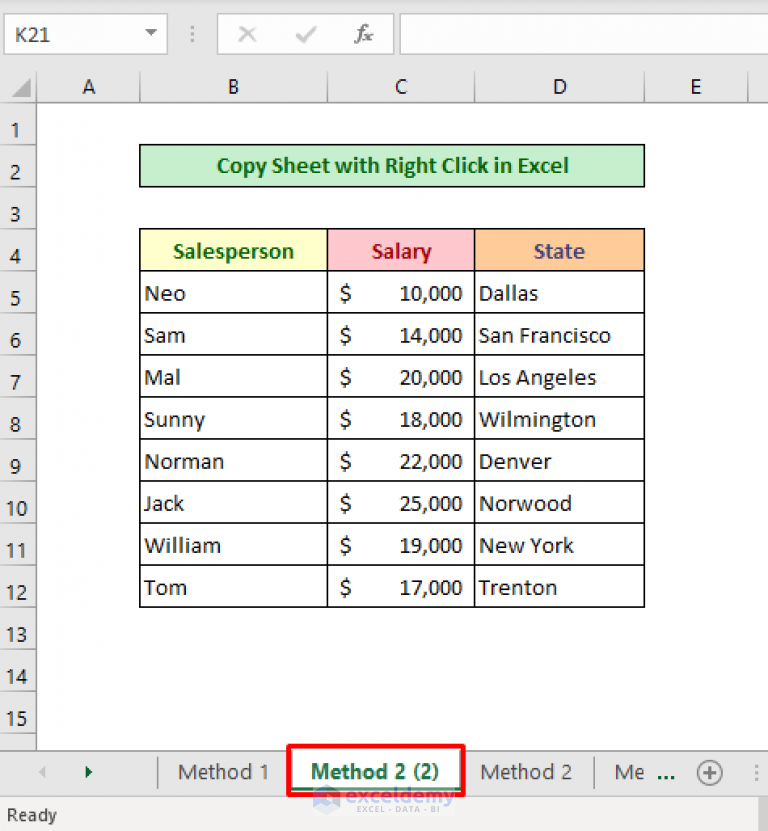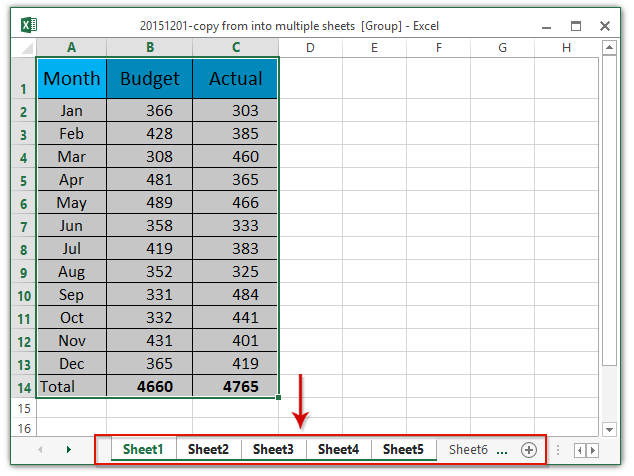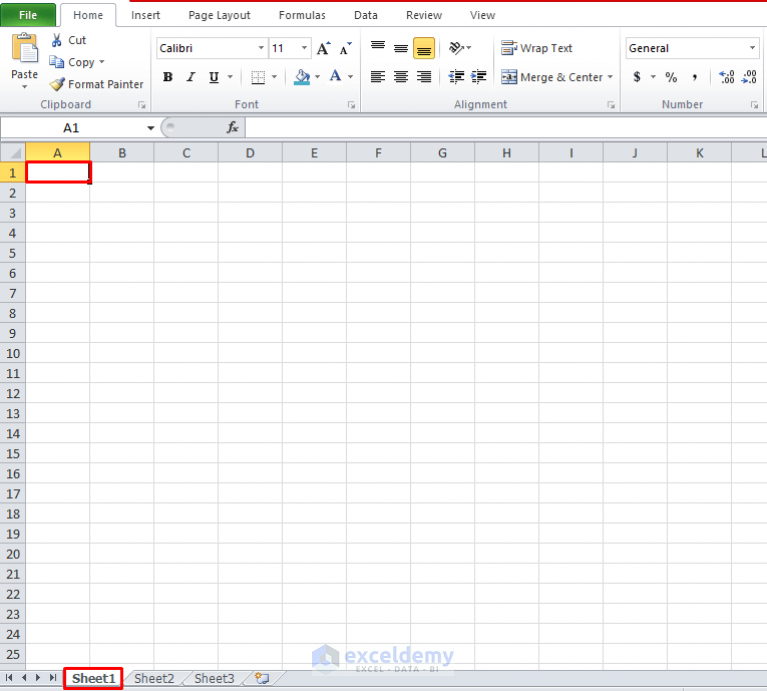Effortlessly Copy Excel Sheet One to Sheet Two

Many people often need to duplicate data from one Excel sheet to another, whether for creating backups, organizing, or simplifying data management. This task, which may seem straightforward, can sometimes be time-consuming if done manually, especially when handling large datasets. But fret not, Excel offers several methods to effortlessly copy Excel Sheet One to Sheet Two, enhancing productivity and ensuring data accuracy.
Understanding Excel Sheets


Before diving into how to copy sheets, it’s beneficial to understand the structure of Excel. An Excel workbook can contain multiple sheets, commonly known as tabs or worksheets. Each sheet can be filled with different data sets, formatted cells, tables, and charts.
Manual Copy Method

If your dataset isn’t too large, you might opt for a straightforward method:
- Select all cells in the source sheet by clicking the triangle where column letters and row numbers intersect.
- Press Ctrl+C to copy.
- Move to the destination sheet, click a cell, and press Ctrl+V.
💡 Note: This method is suitable for small datasets but can be inefficient for larger ones.
Copy Sheet with Formatting

To copy not just the data but also the formatting, formulas, and cell widths:
- Right-click the tab of the source sheet.
- Choose Move or Copy from the context menu.
- In the dialog box, select (move to end) in the “To book:” dropdown if you want to copy within the same workbook.
- Check the Create a copy box.
- Click OK.
Using the Move or Copy Command

If you prefer using Excel’s ribbon:
- Click on the Home tab.
- Select Format in the Cells group.
- Choose Move or Copy Sheet.
- Follow steps 3-5 from the above section.
Automating with VBA

For users familiar with VBA (Visual Basic for Applications), automation is an excellent way to copy sheets:
Sub CopySheet()
Sheets(“Sheet1”).Copy After:=Sheets(Sheets.Count)
End Sub
🔧 Note: Save your workbook as a Macro-Enabled Workbook (xlsb or xlsm file) if you plan to use VBA frequently.
Linking Sheets

Instead of copying, you might want to link data:
- In the destination sheet, select the cell where you want the linked data.
- Type ‘=’ and navigate to the cell in the source sheet you want to reference.
- Press Enter to complete the link.
Troubleshooting Common Issues

When copying sheets, you might encounter issues like:
- Data Mismatch: Check if data was copied correctly by comparing source and destination.
- Formulas not Working: Ensure that any relative references in formulas adjust correctly when copied.
- VBA Error: Verify syntax and references in VBA scripts.
Excel Copying Best Practices

| Tip | Description |
|---|---|
| Use Descriptive Sheet Names | Helps in navigation and organization within the workbook. |
| Copy Formulas Separately | If your sheet includes complex formulas, consider copying them separately to ensure they work correctly in the new sheet. |
| Plan Sheet Structure | Think about the destination sheet structure to ensure data fits seamlessly. |
| Backup Important Data | Always keep backups before performing extensive copying operations. |

In summary, copying sheets in Excel can be done manually, using built-in Excel commands, or through VBA for more sophisticated needs. Each method has its benefits and considerations, tailored to different user requirements. Remember to always double-check your copied data for accuracy and to use linked sheets when appropriate to maintain data integrity across multiple worksheets.
Can I copy multiple sheets at once in Excel?

+
Yes, you can. Hold the Ctrl key while clicking on multiple sheet tabs. Then, use the Move or Copy command to copy all selected sheets at once.
How do I ensure formulas are copied correctly?

+
Formulas will automatically adjust for relative cell references when copied. If using absolute references (like A1), you may need to update these manually or use VBA to handle them.
What happens to named ranges when I copy a sheet?

+
Named ranges will remain linked to the source sheet unless you explicitly copy and rename them in the destination sheet or modify them in your VBA script.



